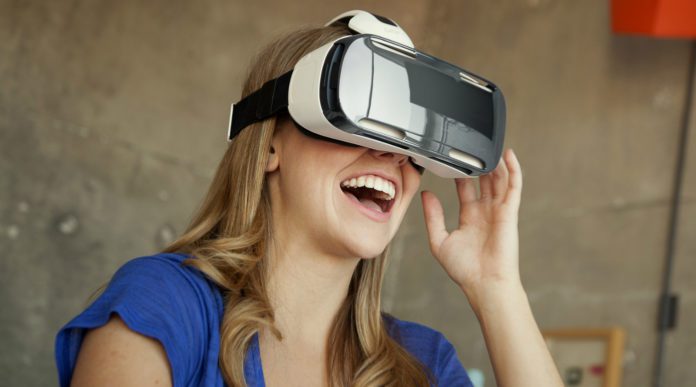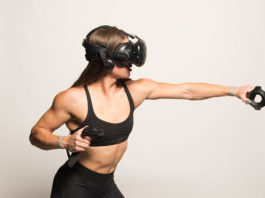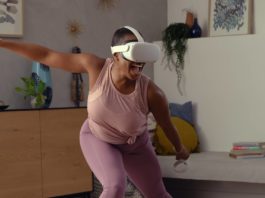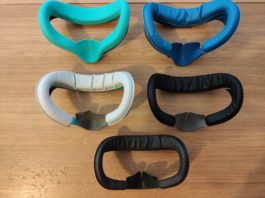Video games, and specifically immersive VR games, are seen by many as a way to escape real life and have some fun. As something intended for entertainment purposes, most people agree that “too much” time playing video games would be detrimental to our well-being, but there is actually growing evidence virtual reality games could actually play a role in improving health.
The most recent evidence comes from a demonstration that looked at whether virtual reality experiences could help people overcome their fears. In one experience, a participant wore the Oculus Rift virtual reality headgear and was forced to balance on a narrow wooden plank 33 feet above a pit. Completely safe in reality, the man experienced a virtual reality setting that tricked his brain into facing his worst fear.

Not only can virtual reality experiences such as these help with fears related to physical challenges, it can also assist with emotional fears, like public speaking. According Jeremy Bailenson, the founding director of the Stanford lab, the demonstrations look at how an intense virtual experience changes the way people think of themselves and others.
Improving Health and Well-being through Virtual Reality
Many in-development and upcoming virtual reality experiences are focused on games, but the Stanford group is focused on the social benefits of VR. They believe VR tools could be used to help people overcome fears, develop empathy, reduce prejudice, better withstand pain, manage their money, prepare for natural disasters, and adopt healthier lifestyles.
According to Bailenson, some of the benefit comes from building muscle memory. For instance, if VR can help a person develop muscle memory, he or she will have the ability to react in a split second to real life occurrences – such as an earthquake. It’s about helping people feel prepared for life events that rarely occur, but are serious and life-changing when they do.
Helping people see themselves from a different point of view could also be effective for helping them improve their lives. Bailenson has also demonstrated VR programs that allow people to see themselves as if they were a different race or a different age. For instance, there is some research that shows seeing an avatar of yourself engaged in exercise could actually help you exercise more.
Virtual Reality Market Set to Explode
In addition to the VR lab at Stanford, several other companies including Google have developed places in which people can engage in virtual reality settings. And there is a lot of excitement on the horizon concerning immersive VR experiences. Oculus recently previewed a consumer version of its Rift headgear and is expected to release it to the public early in 2017. The company is working with Microsoft to stream games to Rift via the Xbox One controller and Windows 10.
Microsoft also has a partnership with Valve VR and is pushing its own Windows 10-based HoloLens augmented reality initiative. Other companies including Ubisoft, Light & Magic, Altspace VR, and Sony also have VR projects in the works and you can read about them here!




